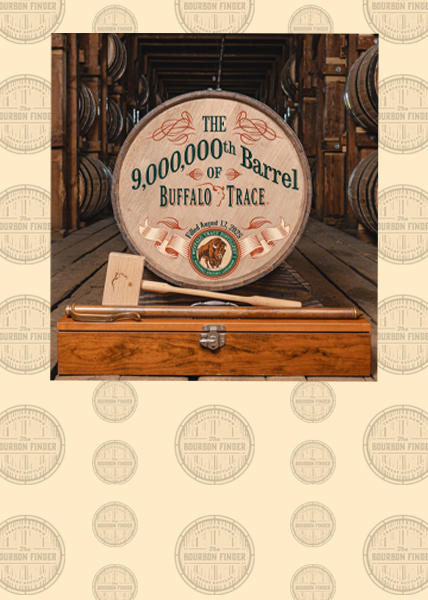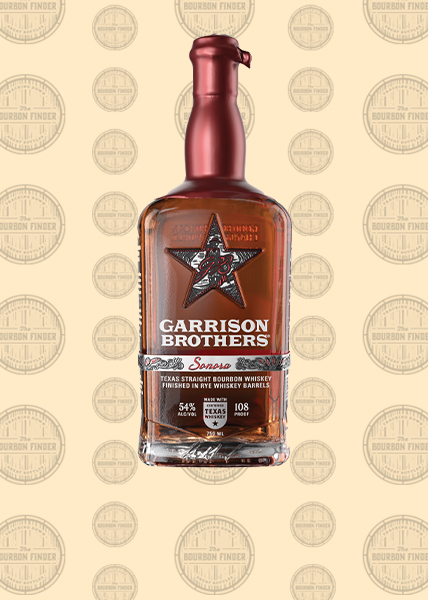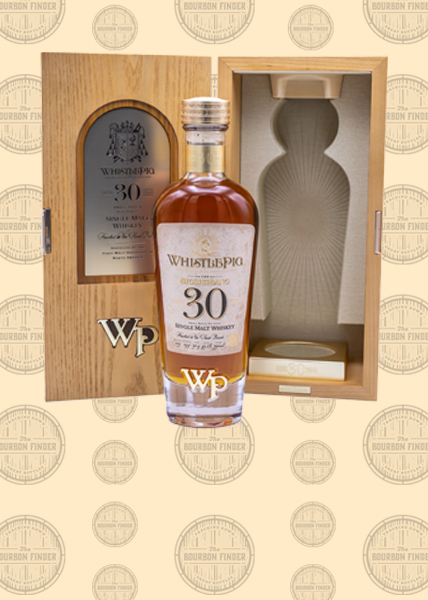What is Bourbon Made From?
One question we, as whiskey enthusiasts, often hear from our friends and family is: “what is bourbon made from?”. This usually coincides with “what’s the difference between bourbon and whiskey?”, to which you’ve undoubtedly recited enough times to all-but quote the Code of Federal Regulations verbatim. Today I want to answer that first question in a way that opens the conversation up and allows for folks outside of the enthusiast crowd to understand (and hopefully get excited about) bourbon for what it truly is: America’s native spirit.

Photo: Buffalo Trace Distillery
WHAT IS BOURBON MADE FROM?
In 1964 Congress recognized Bourbon as a “distinctive product of the United States” meaning it cannot be legally produced outside of U.S. soil. Along with the geographical definition there are stipulations that more narrowly define bourbon. If you have read my article on the difference between bourbon and whiskey, you’ll be familiar with the legal definition of bourbon; however, today we’ll focus the lens specifically on what bourbon is made from:
- Bourbon must be made from at least 51% corn.
- Bourbon must be distilled to no higher than 80% ABV (160 proof)
- Bourbon must be aged in new, charred oak containers.
- Bourbon must go into the container at no more than 62.5% ABV (125 proof)
- Bourbon must be bottled at 40% ABV (80 proof) or higher

Corn being delivered to the distillery (photo: Buffalo Trace Distillery)
Bourbon’s history is so ingrained with American history that it can be hard to tell where one stops and the other begins. Farmers who subsided almost entirely on what they could raise, harvest, and process relied upon grains such as corn to feed not only their families, but their livestock as well. Excess grains couldn’t simply be thrown out–so they turned to distillation.
WHAT ELSE GOES INTO BOURBON?
While the United States Congress recognized bourbon as being a spirit unique to the United States, and defined 51% corn as the minimum requirement for the mashbill (read: mashed grains that are then fermented) they didn’t define what else could go into the spirit.
Rye, barley, wheat, and many other grains are used to create bourbon today. As you can imagine, adding other grains to the mashbill changes not only the processes involved in creating the spirit, but also the flavor of the liquid.
Terms like “high rye” or “wheated” are common in the bourbon world today, but these are not legally defined terms. A recipe touted as being high rye may mean that 13% of the mashbill is comprised of rye, or it may mean 30% is dedicated to the secondary grain.
My advice on this topic is to largely ignore the words associated with the bottled, and simply taste the bourbons (and taste them again blind) to see which ones are enjoyable for your palate.
CAN BOURBON BE FLAVORED?
Bourbon is inherently protected in that no additives may be placed into the product. This means other types of alcohol, flavors, or colors cannot be placed into a whiskey that will bear Bourbon on the label. To put it plainly: bourbon cannot be flavored. That being said, it’s best to read the label with a discerning eye.
The TTB (Alcohol and Tobacco Tax & Trade Bureau) regulates what can be placed upon the label of a bottle of alcohol. To be labeled as bourbon, the product is supposed to meet all of the requirements we’ve gone over. Mistakes do happen and some products slip through the cracks, so it’s always wise to trust…but verify what you’re reading. Another assurance that can be found on the label is the word “straight”.
Straight Bourbon is (quite obviously) bourbon; however, to bear the designation ‘Straight’ it must be aged a minimum of two years (and meet all other legal requirements of the spirit). A product labeled as ‘Straight Bourbon’ that is less than four years old must bear an age-statement. This allows the consumer to know exactly what they are buying.
(iii) Whiskies conforming to the standards prescribed in paragraphs (b)(1)(i) and (ii) of this section, which have been stored in the type of oak containers prescribed, for a period of 2 years or more may optionally be further designated as “straight”; for example, “straight bourbon whisky”, “straight corn whisky”, and whisky conforming to the standards prescribed in paragraph (b)(1)(i) of this section, except that it was produced from a fermented mash of less than 51 percent of any one type of grain, and stored for a period of 2 years or more in charred new oak containers may optionally be designated merely as “straight whisky”. No other whiskies may be designated “straight”. “Straight whisky” includes mixtures of straight whiskies of the same type produced in the same State.
ecfr.gov
Final thoughts…
I created this website as a means of not only exploring whiskey, but also as a public way of sharing it. Sharing whiskey is important to many whiskey enthusiasts (who may identify as ‘whiskey geeks’) who are interested in opening doors for their friends and family.
It is my hope that this article will serve folks who are just beginning a whiskey journey as much as those who have tried nearly everything on the shelves at their local liquor stores, as this is my way of sharing the whiskey world with you. Now let’s have a pour of bourbon. Cheers!






Leave a Reply